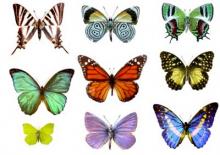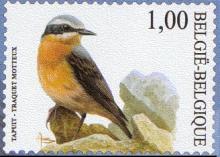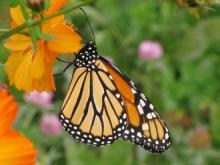The troubled life of honeybees gets a lot of media attention, but many other pollinators are in serious trouble, according to Eric Mader, assistant pollinator program director with The Xerces Society for Invertebrate Conservation. "In some cases, their fates are potentially worse," he says. "For example, a number of our roughly 50 native bumblebee species are in precipitous decline, with a couple of species likely having gone extinct in recent years, and a few other possibly teetering on the brink of extinction. "Similarly, the once ubiquitous monarch butterfly Danaus plexippus has declined to some of the lowest population levels ever documented since scientists first began tracking their numbers in the 1970s."









